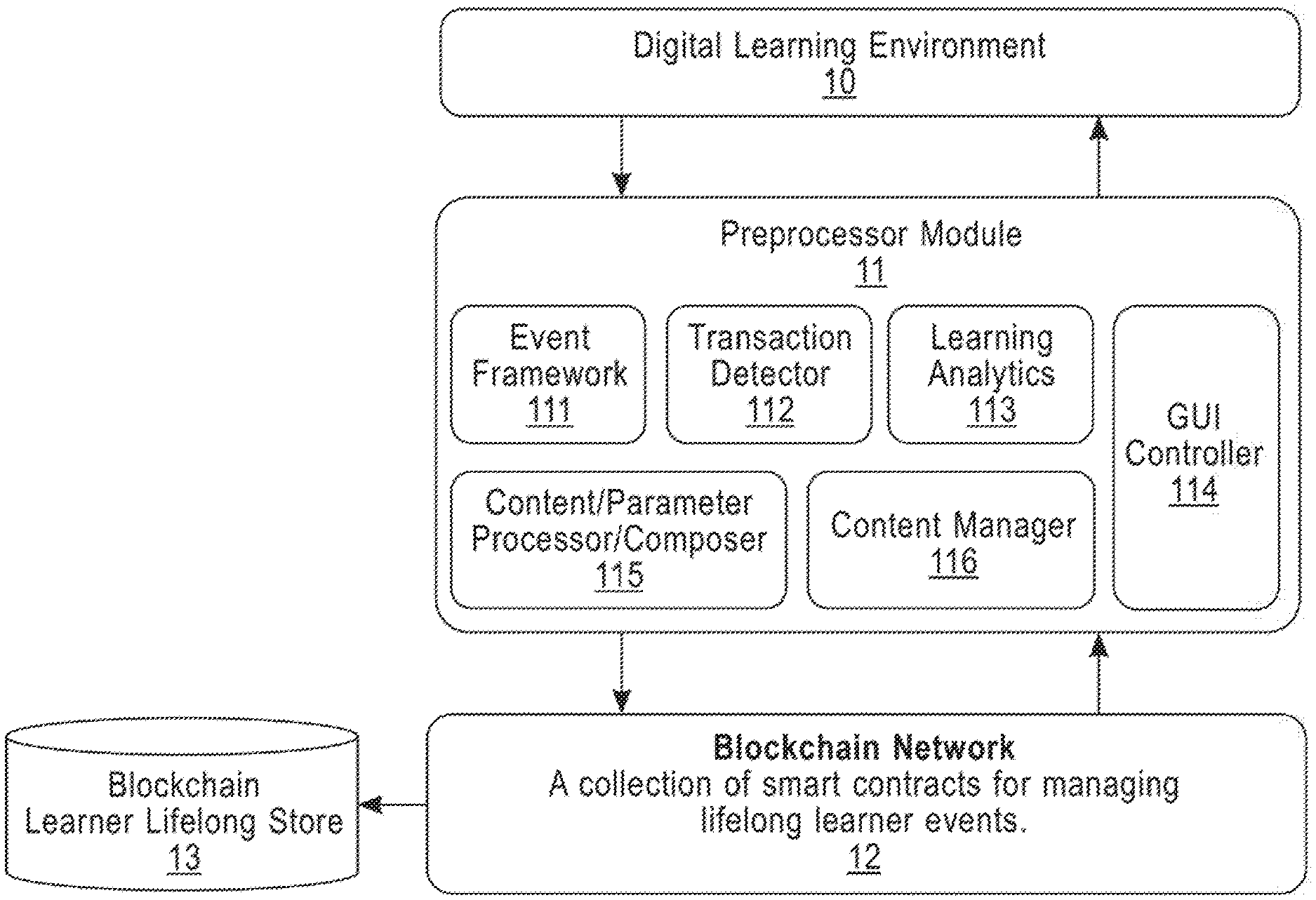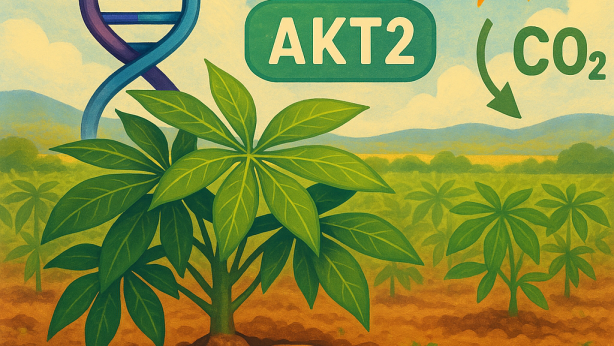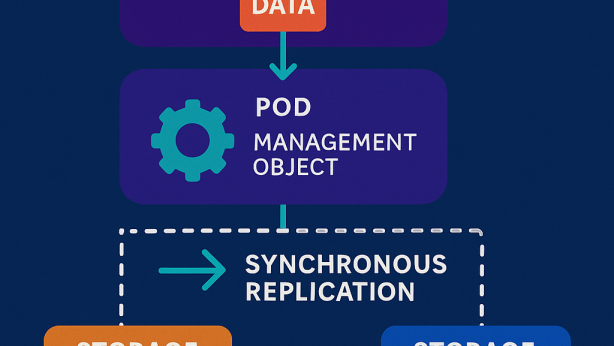Invention for Managing lifelong learning events on a Blockchain

Invented by Shelby Solomon DARNELL, Jonathan Lenchner, Daby M. Sow, Charity Wayua, Komminist Weldemariam, International Business Machines Corp
Traditionally, lifelong learning events and certifications have relied on centralized systems, such as educational institutions or professional organizations, to issue and verify credentials. However, these systems often suffer from inefficiencies, lack of transparency, and susceptibility to fraud. Blockchain technology addresses these challenges by providing a decentralized ledger that records and verifies learning events in a secure and tamper-proof manner.
One of the key advantages of using blockchain for managing lifelong learning events is the ability to create a comprehensive and immutable record of an individual’s educational achievements. Each learning event, whether it is a course completion, certification, or workshop attendance, can be recorded on the blockchain, along with relevant details such as the date, duration, and institution. This creates a transparent and verifiable record that can be accessed by both individuals and potential employers.
Moreover, blockchain technology enables individuals to have full control over their learning records. They can choose to share their credentials with employers, educational institutions, or other relevant parties, without the need for intermediaries. This empowers individuals to present a complete and accurate picture of their skills and knowledge, enhancing their employability and career prospects.
The market for managing lifelong learning events on a blockchain is not limited to individuals alone. Educational institutions and training providers can also benefit from this technology. By leveraging blockchain, these organizations can streamline their credentialing processes, reduce administrative costs, and enhance the credibility and reputation of their programs. Additionally, blockchain-based platforms can facilitate the creation of lifelong learning ecosystems, where individuals can discover and access a wide range of learning opportunities, further promoting continuous education and professional development.
Several startups and organizations have already recognized the potential of blockchain in managing lifelong learning events. For example, the Open Badges project, initiated by Mozilla, utilizes blockchain technology to issue and verify digital badges, providing a secure and portable way to showcase skills and achievements. Similarly, the KnowledgeWorks Foundation has explored the use of blockchain for creating a lifelong learning transcript, enabling individuals to curate and share their learning experiences throughout their lives.
As the market for managing lifelong learning events on a blockchain continues to grow, it is crucial to address potential challenges and ensure widespread adoption. Scalability, interoperability, and data privacy are some of the key considerations that need to be addressed to create a robust and user-friendly ecosystem. Additionally, collaboration between educational institutions, employers, and technology providers is essential to establish standards and frameworks that enable seamless integration and interoperability of blockchain-based learning records.
In conclusion, the market for managing lifelong learning events on a blockchain holds immense potential to transform the way individuals acquire, showcase, and verify their skills and knowledge. By leveraging the decentralized and transparent nature of blockchain technology, individuals can have full control over their learning records, while educational institutions and training providers can streamline their credentialing processes. As this market continues to evolve, it is expected to revolutionize the lifelong learning landscape, promoting continuous education and professional development.

The International Business Machines Corp invention works as follows
The method for managing lifelong learners events on a Blockchain includes: detecting an event that is related to a student using a blockchain enabled digital learning system; determining the parameters needed to generate a transaction based on these parameters and concern/risk levels; determining values of parameters by assessing the importance or value of the event, its metadata, and any documents associated with it. Creating a list of transactions according to the parameters. Validating the transactions by using distributed peer to peer devices running one or more chaincodes relating to

Background for Managing lifelong learning events on a Blockchain
Technical Field
The disclosure is intended to improve learning by maintaining valid, tamper proof educational records that teachers and students can use to monitor the learning outcomes. These records contain all events or elements associated with the academic lifecycles of both teachers and students. The lifecycle events include student and teacher attendance and how students approach learning, such as interactions with the content. They also include tardiness, in class exams and homework and student (and teacher’s) discipline.
Discussion of Related Art
In developing countries, adopting technology to manage data can lead to increased efficiency and cost-effectiveness, as well as the seamless integration of a management information system for education (EMIS). Mobile phones, tablets and laptops are just a few of the technologies that can be used to collect, process, analyze and disseminate educational data. Educational data is also used to inform policy, planning, and management in order to improve the quality, accessibility, and relevance of education.
However in many cases, there are not enough data about teachers and students to support individualized education. It is a way to improve the learning experience of both students and teachers by encouraging teacher-student engagement. It is important to understand the learning environment, the student’s performance and learning history. There are not enough data outside of exam results to support widespread engagement between teachers and students. Adaptive or personalized education systems currently available consolidate data from multiple sources to improve student learning outcomes. “This poses privacy and data security issues when managing student records.
A student records management system is a way to track the lifelong events that a student has experienced. The record can be held in a database such as a School Information Hub by a central owner. School record management systems currently keep track of the events that are related to a student’s record. This is done by digital learning environments or stakeholders. However, they still need the participation of both internal and external actors. Currently, school record management systems keep track of events related to the student record made by a digital learning environment or stakeholders who still require participation from internal and external actors. This is done by?checking in the record?
Previous approaches focused on either centralized or decentralized management models for school records, teaching and learning activities, etc. In a centralized system, it is possible to trust the owner of school records to manage the operations that are performed on the records. The owner of records also owns all the rules. The rules are trusted to ensure that any operation performed on records will be successful. A model like this can lead to a single point failure of trust. A decentralized model allows trust to be spread among many. This model has been a failure in many developing nations due to its inability of preventing corruption on various levels. However, a decentralized model with consensuses, using an identity authority, allows one to rely on trusted services and non-repudiation, and by using a blockchain, immutable operations/transactions can be ensured.
This is paradoxical in the sense that, without a central data base, records can be altered and modified by different stakeholders, as a user could be enrolled in multiple courses, or switch between learning modes, such as classroom model, outside classroom mode and tutoring mode. Different stakeholders might also share a single record. A student’s record can “evolve” in this way. The records can be altered independently from the central database.
Recently, a number initiatives have proposed the use of Blockchain technology in education. The use of blockchains for record management over a lifetime ensures that records are consistent and cannot be altered maliciously by anyone. The alteration of student records could be checked against a useful example of the record, by getting a historical block ID of the historical blockchain of the record. This historical blockchain represents all the historical events of the student that were compiled on the record. This improves accountability (electronic audit trail) and transparency, while ensuring data security and privacy.
However, all current blockchain-based-technologies in education focus on educational testing, academic certification and the authentication of degrees. The focus is not on the daily running of the school or the many events that can affect a student’s and teacher’s record. For example, the student’s and teacher’s attendance, tardiness and in-class homework, as well as their discipline. These events and data can be used by intelligent applications to personalize and adapt learning. They can infer student engagement, understanding, progress, or lack thereof. For example, they could infer content effectiveness, popularity, and learner sentiment.

Embodiments” of the disclosure refer to the secure tracking, maintenance and management of records for students and teachers using blockchain technology. The transactions associated with a record are compiled in a chain. The chain can be viewed as a chronology of the record’s path over time. One or more record parameters of learning event, such as completion or quiz/assessment or updating the knowledge model or mastery level are sent by a transaction to one or several validation modules. Modules verify the validity of a transaction and create a new block. The new block can then be added to the blockchain of historic events for learners.
According to one embodiment of this disclosure, it is possible to manage lifelong learners events on a Blockchain. This includes detecting events related to a person using a digital learning system that uses blockchain technology, determining concern/risk levels of individuals, determining parameters for a transaction based on these parameters and concern/risk levels, determining values of parameters by measuring the importance or value of an event, its metadata, and any documents associated with the event, and generating a list corresponding to those parameters.
According to another embodiment of the disclosure the method involves, when the validation of the transaction is successful, creating a block and updating blockchain based on this new block. It also includes compiling all the transactions related to the learner?s computing device in a chain of event blocks.
According to a further embodiment, events can include learner activities (including sensor events), application events and sensor events.
According to another embodiment of the disclosure the risk assessment is based upon the learner’s observed behaviors, predicted learner attributes, and the context.
When off-blockchain processes are required, “Accordingly to a further embodiment, the method” includes one or more processing and analytics off-blockchain.
According to a further embodiment, validating transactions includes receiving validation requirements for events on blockchain, obtaining validation tokens indicative of validity of learner events, and computing a blockcode for the transaction in comparison with the validation requirements.
According to another embodiment of the disclosure the method automatically changes a rate of update the distributed repository on the basis of the risk assessment.
According to another embodiment of the disclosure the method involves rewarding a learner a cryptocurrency, based on their historic performance, engagement, and overall progress, and recording this reward in the distributed repository.
The disclosure also states that “Accordingly, another embodiment provides an apparatus for managing learner events in a lifelong learning environment on a Blockchain that includes a distributed database to securely store learner records and an event framework to collect and aggregate learning activities and events of a learner related to assessment by a mobile sensor or learning application, a transaction detector that detects new content collected based on output from the event framework and a parameter process that compiles new content into a learner record, and triggers an appending a record transaction based on new content, according to the transaction detector, a a learner based on new content, using the transaction detector, a a new record, a based on new record, a record, a based on new record, based on new record transactions associated with the transaction based on new record transaction associated with a record based on new content detection by the based on based on based on based on new content, into the record transaction, to the distributed repository.

According to another embodiment of the disclosure the distributed repository can be a blockchain.

Click here to view the patent on Google Patents.


